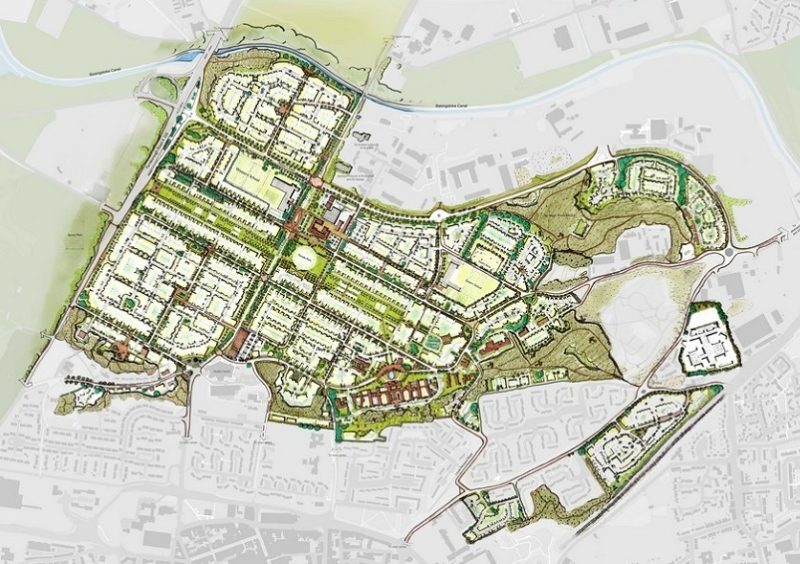30 October 2019
Many see regulation as the unnecessary ‘red tape’ that stifles efficiency and innovation. However, Severn Trent Connect, a new business in the water sector, is leveraging the flexibility in its Ofwat licence to reduce operational costs and improve the sustainability of large developments.

Traditionally, water companies have shied away from sustainable urban drainage systems (SuDS), such as retention ponds and underground storage structures, due to their perception of the maintenance requirements and the broad-range of asset types; not to mention a nervousness around drowning risks from open water bodies.
However, the same companies have also disincentivised developers and planners from collecting and sending surface water into the sewerage networks.
Typically, this has the effect of leaving developers facing higher connection costs for combined surface and foul sewer systems or leaving developers to sort out the ongoing maintenance and ownership of onsite surface water management systems.
For those taking the latter route - building onsite SuDS - this means developers are left with little alternative but to retain ownership (and responsibility) of the assets, while (usually) contracting out the maintenance to a third-party management company.
The dichotomy: environmental regulators are opposed to surface waters being collected and treated with sewage effluent, but water companies resist adopting site-level surface water drainage systems.
SuDS = public drainage assets
One of the recurring conversation topics with planners, developers and the Consumer Council for Water (the water sector’s watchdog) has been over the ownership and responsibilities around SuDS, with all groups holding the view these assets should be treated in the same way as any other public drainage asset. And we agree.
SuDS assets, designed and built to recognised industry standards, should form an integral part of any integrated drainage system, and therefore should be treated no differently to a standard sewer pipe or other drainage asset (from an adoption perspective).
The benefits in doing so are three-fold:
Developers can be assured that a more cost-effective solution to surface water drainage will be accepted by the local water company, and that the responsibilities for that will be transferred along with the remainder of the sewerage infrastructure.
Customers can have confidence that their surface water system is being maintained by Ofwat and Environment Agency (Natural Resources Wales) approved water companies; and that the surface water drainage charges are regulated - unlike the equivalent charges from management companies.
Environment gains because surface water is captured and released in situ, rather than being diverted to local watercourses en masse, or worse, being sent through sewage treatment works for unnecessary processing before being discharged to a local river. Maintaining a local neutral water balance will become increasing important if developers are to meet the government’s housebuilding targets sustainably.
Regulation for SuDS
Here at ST Connect, we are pro SuDS. Providing they are correctly sized, designed and built to industry standards (Sewers for Adoption and CIRIA SuDS Manual), we will adopt SuDS assets along with the traditional sewerage infrastructure.
Regulation should serve to promote sustainability, affordability and great customer service. New business models, such as those operating under Ofwat’s New Appointee and Variations framework, are helping to push the boundaries of what’s possible with existing legislation – imagine the possibilities if these spaces were actively incentivised.